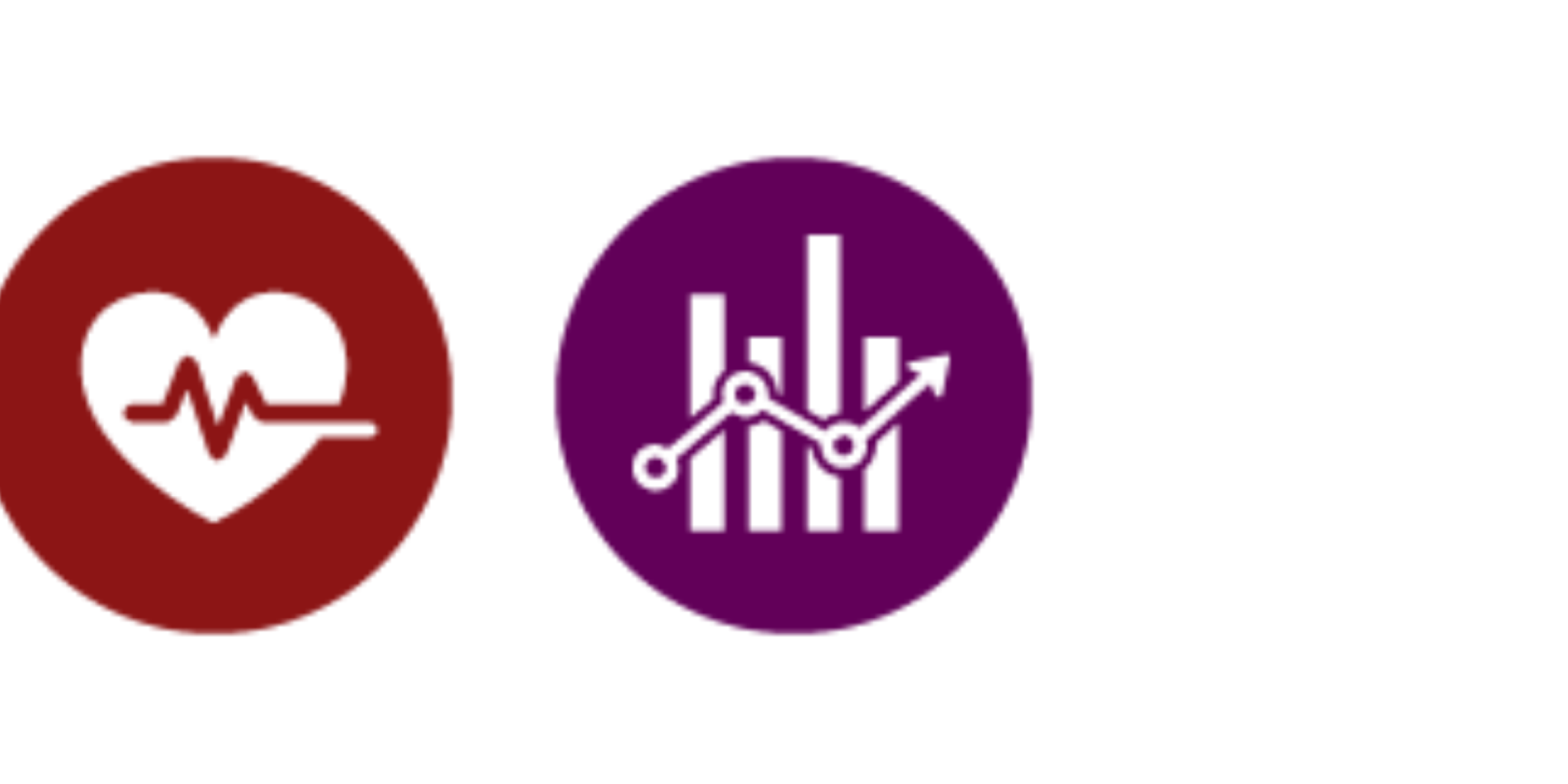Testing the winds

How can the United States and India, two of the largest carbon emitters in the world, accelerate their transition to renewable energy?
Anna-Katharina von Krauland is working on maps for that.

Or, more specifically, onshore—and, in the case of the United States, off-shore—wind energy atlases. Von Krauland’s high-resolution, country-wide maps are based on open-source geographical software that allows her to plot roads, railways, water, wind speed data, and sometimes even buildings, among other information. Using energy policies and regulations as a guide, she can then determine exactly where wind turbines could be located to generate as much energy as possible. The atlases are designed to expedite wind farm siting, reduce investment risk, and decrease future project costs in an effort to achieve 100 percent renewable energy around the world by 2050. That is the timeline required to limit global warming to 1.5 degrees Celsius as set by the 2015 Paris Agreement.
Von Krauland, a Stanford King Center on Global Development graduate student fellowship recipient and a PhD candidate in the Atmosphere/Energy program of the civil and environmental engineering department, was the lead author on an in-depth study of the land available for wind farm development in the United States in 2021. Now, she is working on a similar atlas for India.
“The US is the largest carbon emitter per capita; India’s energy demand is still rising and could double by 2040,” explains von Krauland, who also serves as research group leader for the Solutions Project, which helps governments transition to renewable energy. “I really wanted to focus on countries that could make a dent in carbon emissions by themselves.”

Von Krauland first became interested in the environment and climate change as a child growing up in Miami, where rising sea levels are an omnipresent concern. After studying biological engineering with a concentration in the environment at Cornell University, she made her way to Stanford specifically for the Atmosphere/Energy Program directed by Professor Mark Z. Jacobson, who is her advisor and the co-founder of the Solutions Project.
“Climate change is a huge problem, and it can feel overwhelming and daunting,” she says. “I wanted to be on the side of solving the problem, and when I found the Atmosphere/Energy Program, it was an amazing match for my interests.”
In her US atlas, in collaboration with wind turbine developers and manufacturers, and using mostly open-source data and the power of a supercomputer she shares with Jacobson, von Krauland plots the entire United States to a resolution of 10 meters. People interacting with von Krauland’s atlas can see individual buildings and roads; they can calculate potential energy output based on wind speeds up to 10 meters per second.
And, if they do, they will discover what von Krauland did: That, even excluding certain types of land—such as military property, cemeteries, nature reserves, and recreational grounds—the United States has enough space for wind farms to power the entire country and then some. And that’s not even considering the potential for offshore wind power, solar energy, and battery storage capabilities.
Von Krauland’s research is already having an impact: the California Energy Commission has asked for a presentation and consulting companies have reached out to use her data in their own work.
“I feel really fortunate that I get to work on something that is so tangible, so motivating, and so applicable,” she says.
Jacobson says von Krauland’s atlases are “being used by wind energy developers and scientists alike.”
“Anna came into this field because she is passionate about solving the world's climate and air pollution problems,” he says. “She has dedicated the last several years to working on this project. I am very proud of what she has done, and I see her as being a future leader in this field.”
Von Krauland is quick to point out that her research presents what is technically possible, not what will necessarily come to pass. For instance, she assumes that private land can be used for turbines since developers could potentially negotiate favorable leases with owners. She also includes land with a slope of greater than 20 percent even though installing turbines on such inclines requires a higher level of investment. She doesn’t bother trying to guess, as other researchers have, whether people would accept turbines in their city, county, or state although she points out in her paper that “most turbine neighbors have positive attitudes toward onshore wind power.”
“I don’t believe in” focusing on the negative, she says. “Within a few years, with the right policies in place, all that could change.”
For her Indian atlas, von Krauland has worked remotely to collaborate with Siemens Gamesa, the Ministry of New and Renewable Energy, and think tanks such as the National Institute of Wind Energy to gather satellite imagery and information on required setback distances; she has also spoken with local experts to learn about technical and regulatory challenges.
There are many. For instance, unlike the United States, India doesn’t have building-level data, meaning von Krauland has to label certain areas “urban” rather than providing the actual footprint of specific structures. Another difficulty has been determining who owns land across the country because there are often multiple claims on a property over generations and no simple way to identify current owners.
Nevertheless, von Krauland has combined multiple data sources to fill in the gaps as best she can, and whatever she publishes for India will be unprecedented in terms of its scope and specificity, just as her research on the US is, even if the level of detail isn’t the same.
“Right now, there is no centralized atlas or planning tool that would allow developers to make decisions about where to site wind farms quickly and efficiently,” she says.
Financial support from the King Center meant von Krauland was able to be “fully immersed” in developing her wind energy atlas for India.
“I was granted the resources to focus on creating a software tool that can be used by developers and policymakers for improved site selection and decision-making,” she says. “I feel fortunate to be part of an amazing network of scholars working to mitigate extremely important global challenges.”
Von Krauland plans to finish her analysis of the Indian data by the end of the winter quarter; she is scheduled to defend her dissertation in June. In the meantime, she is looking for faculty positions at universities where she can continue her research.
What she hopes people take away from her work is an understanding that “100 percent renewable energy is really achievable.”
The atlases “can go a long way to motivate policymakers to set more ambitious targets,” she says. “It’s really a question of political and social will, and that is increasingly moving in the right direction.”

